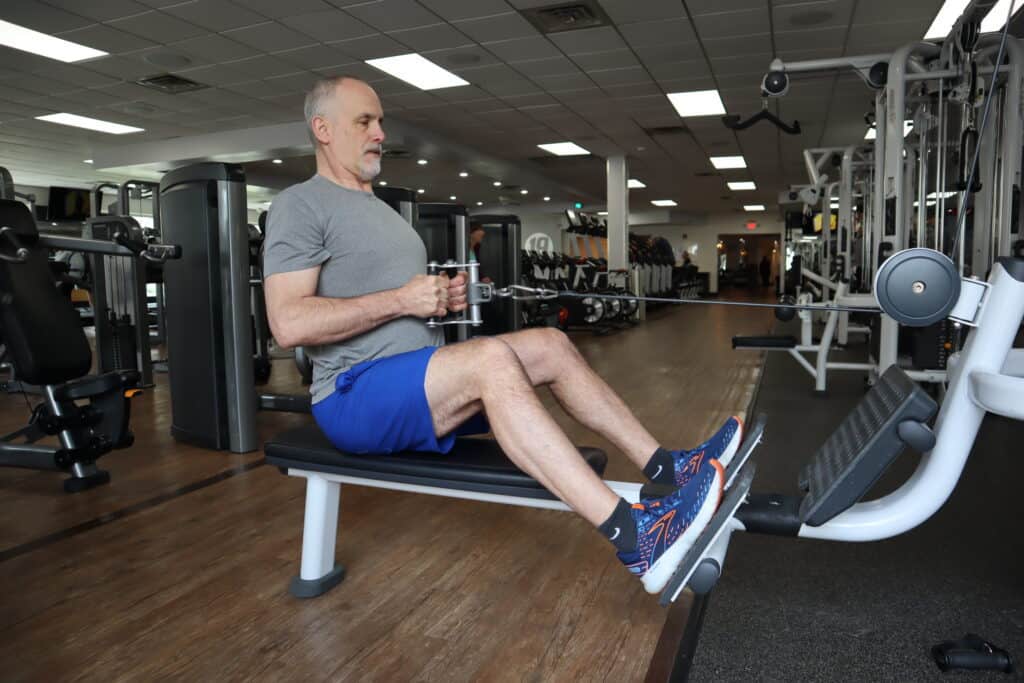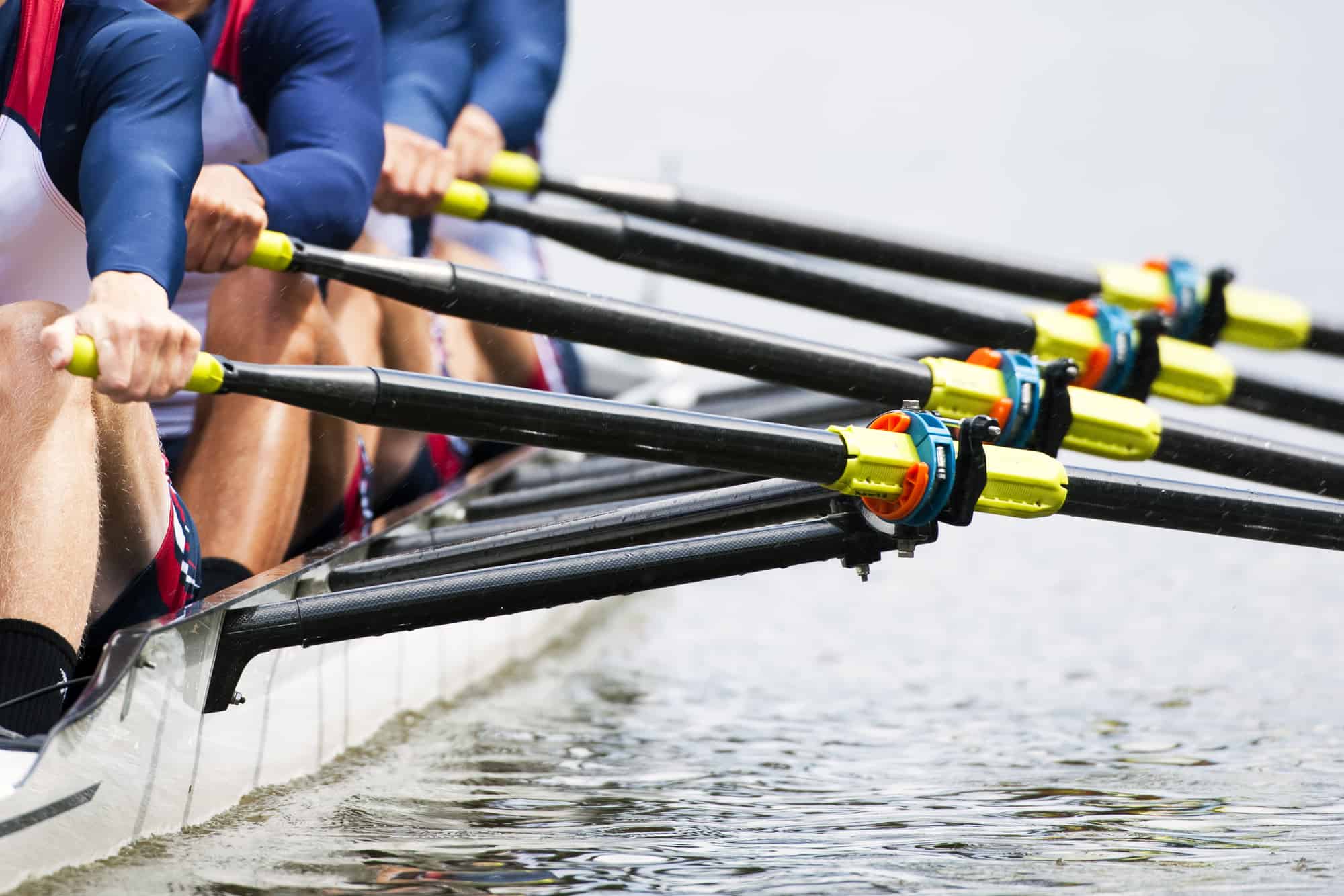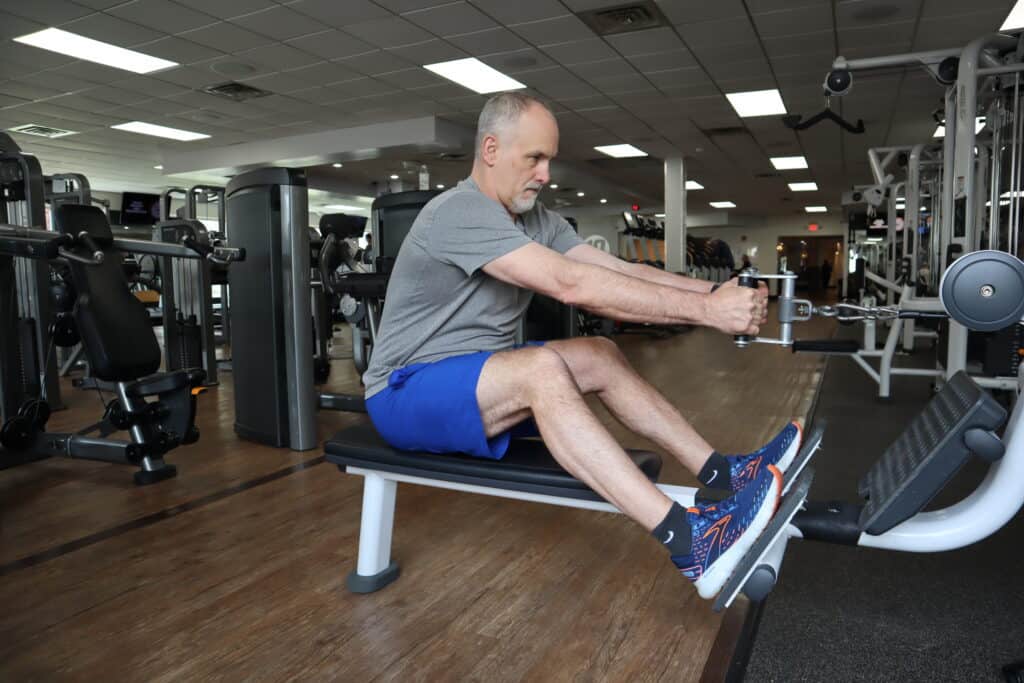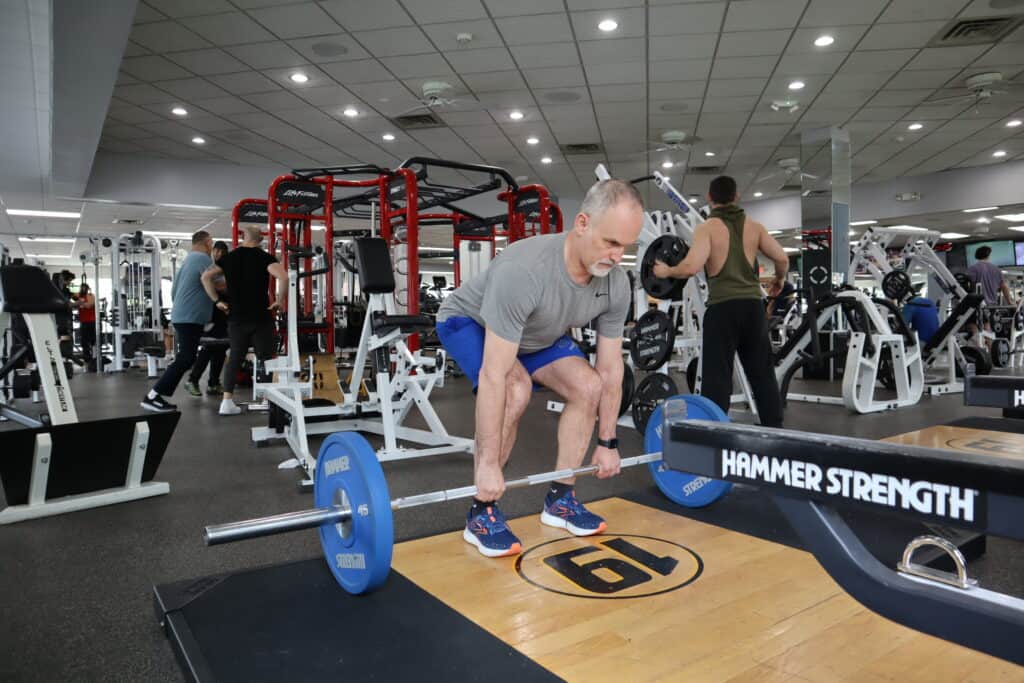
To understand why rowing is so prevalent let's take a quick look at the history of rowing
The history of rowing can be traced back to Egyptian times as early as 1000 BC but the first recorded competition was a boat race in 1828 between Oxford-Cambridge.
In North America the first race was held in the New York waterways in 1756 and soon after many elite universities at the time started programs including Harvard, Yale, West Point and the Naval Academy.
During the 1800’s and early 1900’s the popularity of rowing rivaled many sports like football and baseball.
More Articles From Apex
What Is The Cervical Spine, And Is It The Cause of my pain?
I Have A Pinched Nerve In My Shoulder; What Should I Do?
What Is Causing Pain In My Shoulder?
Types of Rowing Styles

The two styles of rowing are sculling and sweep. In sculling the athlete has two oars and the movement pattern is more symmetrical with considerable shearing and compressive loads on the lumbar spine.
During sweeping one oar is used on one side of the boat and requires the the athlete to have a partner.
With the asymmetrical loading in sweeping the rower’s body has to handle the addition of torsional and lateral bending loads in addition to the already influential demands shearing and compression inherent in the stroke.
During land based training most rowers rely on a rowing ergnometers or simply ergs to simulate the rowing action is a sculling type of motion which has become popular at many Crossfit gyms.
One of the key differences in land based training is the interaction with the water lends itself to more consistent movement patterns compared to using an erg a more forgiving in regards to technique.
Phases of Rowing
The rowing starting position is seated with knees extended, back in upright position, hips fully extended and elbows bent.
In the recovery phase the arms are moved forward, hips flexed and knees flexed with the spine moving forward over the pelvic girdle with the shoulder fully extended.
In this phase it is relatively passively with greatly reduced muscular activity and with low loads.
At this point the whole body is compressed in what is called the catch position prior to engaging the oar in the water or resistance of the rowing erg.
Once engaged the whole body is engaged similar to the demands of a deadlift returning to the starting position.
The back and shoulders stay fixed as the lower extremity drives the movement. At the end of the drive phase the elbows flex and bring the oar or handle close to the front of the chest back to the starting position.
Understanding Rowing and Lower Back Pain

In competitive rowing, the injuries seen that are primarily seen are overuse due to the high repetitive nature of the movement patterns.
In rowing lower back pain ranks just behind knee for injuries in the lumbar spine which consisting of spondylolisthesis, a type of stress fractures and lumbar disc related problems.
In competitive rowing the injury rates for nonspecific lower back pain is greater than %50 and for spondylolysis is higher than those found in the general population.
The area of the spine most effective by stress fractures and disc problems are the L4-5 and L5-S1 levels of the spine.
Part of the reason for this high level of injuries is thought be the overwhelming contribution to repeated flexion and extension of the lumbar spine in these lower spinal segments.
The injuries in this region are thought to be the result of higher forces on these of both shearing and compression of both sculling and sweeping.
In sweeping the additional torsional and lateral bending increase the stresses even more than the more symmetrical forces experienced in both sculling or the traditional recreational rowing on an erg.
During the rowing motion one of the risk factors that has been identified is excessive movement of the trunk as to the compared the lower extremities.
An unequal or trunk dominant rowing pattern puts the rower at risk for injury .
What Types Of Back Injuries In Rowers?
The two most common injuries in rowing are lumbar spondylosis and lumbar disc related problems.
A Spondylolysis is a type of stress fracture found in an area in the lumbar spine called the pars interarticularis.
In this region repeated activities that require lumbar extension or arching of the lower back cause a bone reaction that can result in a weakening of this bone.
This type of back injury can lead to instability in the back region depending on the type of Spondylolysis.
This injury is more common in volleyball, offensive lineman and gymnasts where the spine is repeatedly extended putting excessive loading on the pars interarticularis a portion of the lumbar vertebrae.
At the lumbar spine disc related problems like herniations and bulges are partly due to the repetitive lumbar flexion found in rowing.
The stress on disc is at its greatest point during the catch position or start of the pull especially the L4-L5 and L5-S1 disc segments.
In general discs are more at risk during flexion and rotation of the lumbar spine especially when done repeatedly over time.
This makes sweeping compared to sculling a greater risk for competitive rowers because of the extra torsion and lateral bending forces with that type of rowing.
Training Risk Factors For Rowers for On water training:
Tips to Reduce injuries or Recover from Lower Back Pain:

Improve hip mobility especially hip flexion if less than 130 degrees.
Limits bouts of rowing to not more than 30 minutes because injury rates seem to increase during training greater than this period especially when doing Erg training
Due to the increased disc height in the morning hours we recommend rowing being done after the first 1-2 hours in the morning when possible.
The theory is that a disc has greater water content and height in the morning.
While sleeping the spine is in an unloaded position and takes in water in the intervertebral discs throughout the spine making you taller in the morning.
Later on in the day the spine decreases in height as the lumbar disc returns to the normal height after about 1-2 hours.
If you are unable to train at other times consider gentle hip and spine mobility training and a slower progression in your training rowing regimen.
Interestingly this time is often when most competitive teams train for competitive rowing.
Improve calf flexibility- this provides greater ability to get into the starting portion of the pull and off setts pressure on the back.
Increased cadence by decreased length of pull phase of rowing phase Improve core strength both trunk and hips
Cross train to avoid excessive rowing volume with alternative movement patterns
Check for imbalances in the lower extremity- self test is a forward reach or pistol squat
Get professional assessment of rowing set up- similar to a bike or squat assessment everyone has a slightly different anatomy- longer femur, true leg length discrepancy.
May need a heel lift
Change of foot placement in foot straps
Rigid Orthotics may be helpful especially with athletes with history of knee problems like IT band, runner knee or patellofemoral or meniscus tears.
Divide up work puts into long slow days and short higher intensity bouts of exercise

Technique, technique and more technique. Striving for higher quality movement patterns should decrease the risk of injury.
Push through your feet evenly. Don’t go up on your toes. Attempt to apply equal pressure through the feet to provide greater stability and incorporation of the lower extremity during the pull phase of the rowing cycle.
When identifying risk factors for rowing related injuries there are certain factors we should consider beside strength, flexibility, motor control, technique, and training errors.
In any sports what you feed the engine dictates how well it will run and perform. An awareness of the need for a proper diet for the increased demands rowing can not be understated.
We encourage athletes in all sports look towards coaches and nutritionists for individualized nutritional plans in their specific sports to ensure the specific demands of your sport are met.
The nutritional needs of the triathlete are very different from the power lifter or strength athlete just as the training methods.
Another component is adequate sleep is necessary for proper performance and to minimize injury risk.
Many studies have identified less than 8 hours of sleep as a risk factor for developing injuries across sports.
In general poor sleeping habits have been linked to a myriad of health conditions in addition to its adverse impact on sports performance.
Key exercises for Rowers for In Season and Off Season Training:

These are the exercises we have advised our rowers to institute for off season training for 2-3x/week. We do recommend a less intense program to maintain gains during the in season.
This is a general plan that is not individualized to the specific athlete.
A few factors to consider is the athlete has a history of lower back pain, ability to perform exercises correctly, and level of supervision of athletes during training.
When attempting to rehabilitate an athlete we have to look at influences outside of rowing such as ergonomic influences of extensive sitting, fear of developing lower back pain and pressure to perform.
In certain cultures like football and professions like firefighters the culture can make it hard for athletes to ask for help up until the condition is critical and starts influencing their performance.


